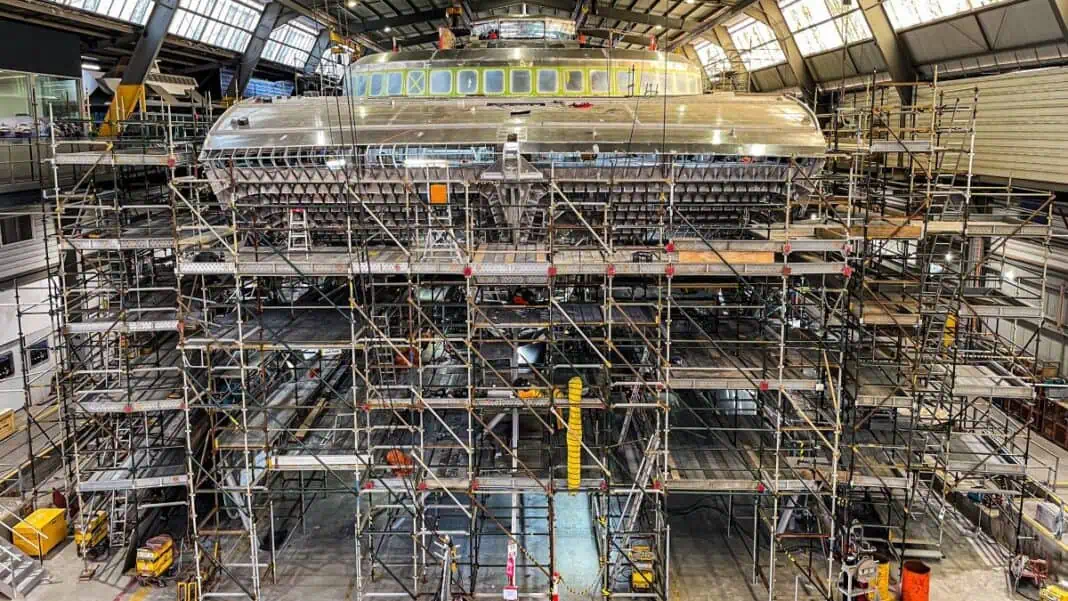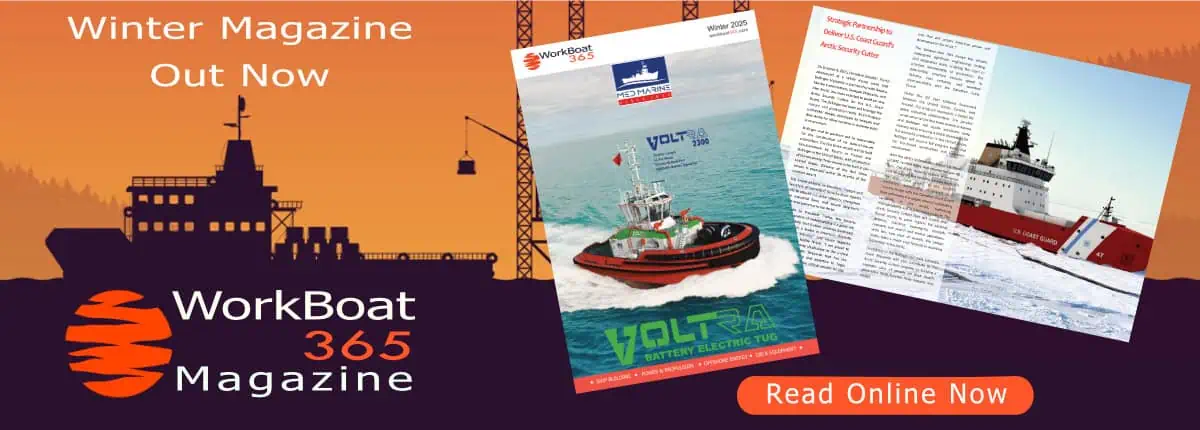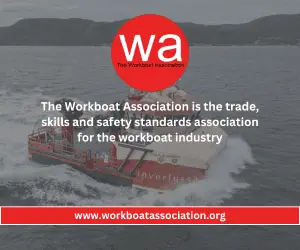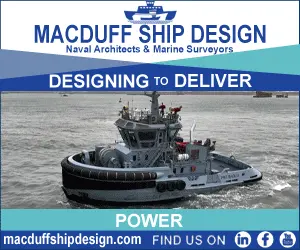Incat Tasmania is delivering the world’s most advanced aluminium electric shipbuilding program, with five large sustainable ferries currently in in its production pipeline. All are being built at the company’s Hobart shipyard – the only large shipyard globally to operate in a net zero location – underscoring Incat’s leadership in sustainable shipbuilding and commitment to decarbonising the maritime industry.
In May this year, Incat made maritime history when it launched Hull 096, the world’s largest battery-electric ferry – a 130-metre aluminium catamaran designed to carry 2,100 passengers and 225 vehicles across the River Plate between Argentina and Uruguay, powered entirely by clean energy.
Construction is also advancing on Hulls 100 and 101, a pair of 78-metre hybrid-electric ferries. When these next-generation ships hit the water, they will be among the most technically advanced ferries in the world, capable of operating in fully electric or hybrid modes to suit diverse service requirements.
As part of the world’s largest electrification project at sea, Incat will deliver two 129-metre battery-electric ferries for leading Danish operator Molslinjen. These vessels will be the largest zero emission ferries in Europe, further cementing Tasmania’s role as a global centre of clean-tech shipbuilding.
“Nowhere else in the world is an aluminium shipyard building such a concentration of large electric and hybrid-electric vessels,” said Incat Chairman Robert Clifford. “This program highlights our world-leading innovation and shipbuilding capability, and it’s why major operators are choosing Incat to deliver their future ferry fleets.”
Incat is also scaling up its workforce and expanding its shipyard capacity to meet growing global demand. With multiple vessels under construction and a strong pipeline ahead, the company is positioning itself to deliver several sustainable, commercially viable aluminium ferries each year to international operators.
Incat’s unmatched build program demonstrates how aluminium shipbuilding can achieve zero-emission goals without compromising speed, reliability, capacity, or commercial viability.












